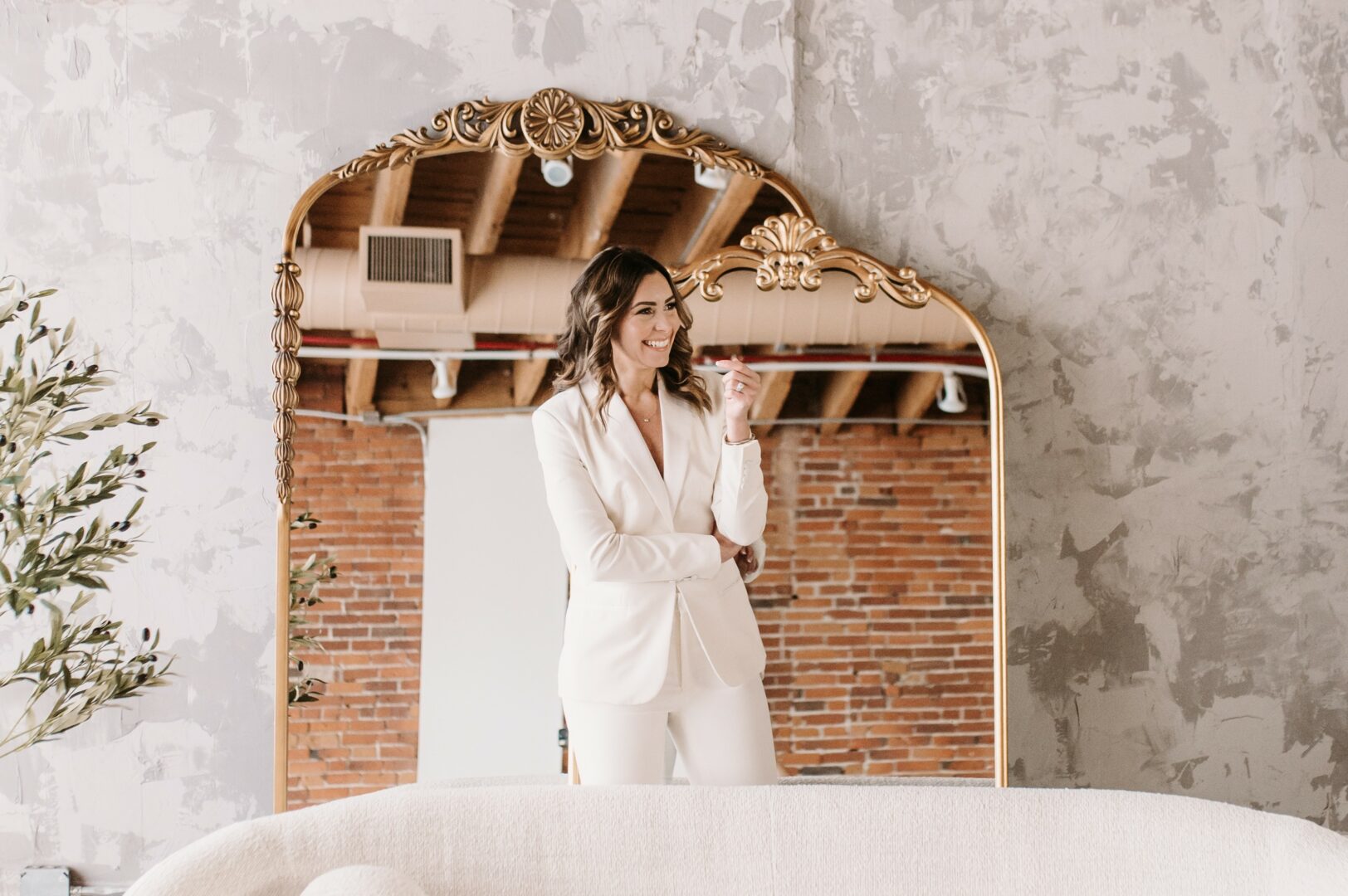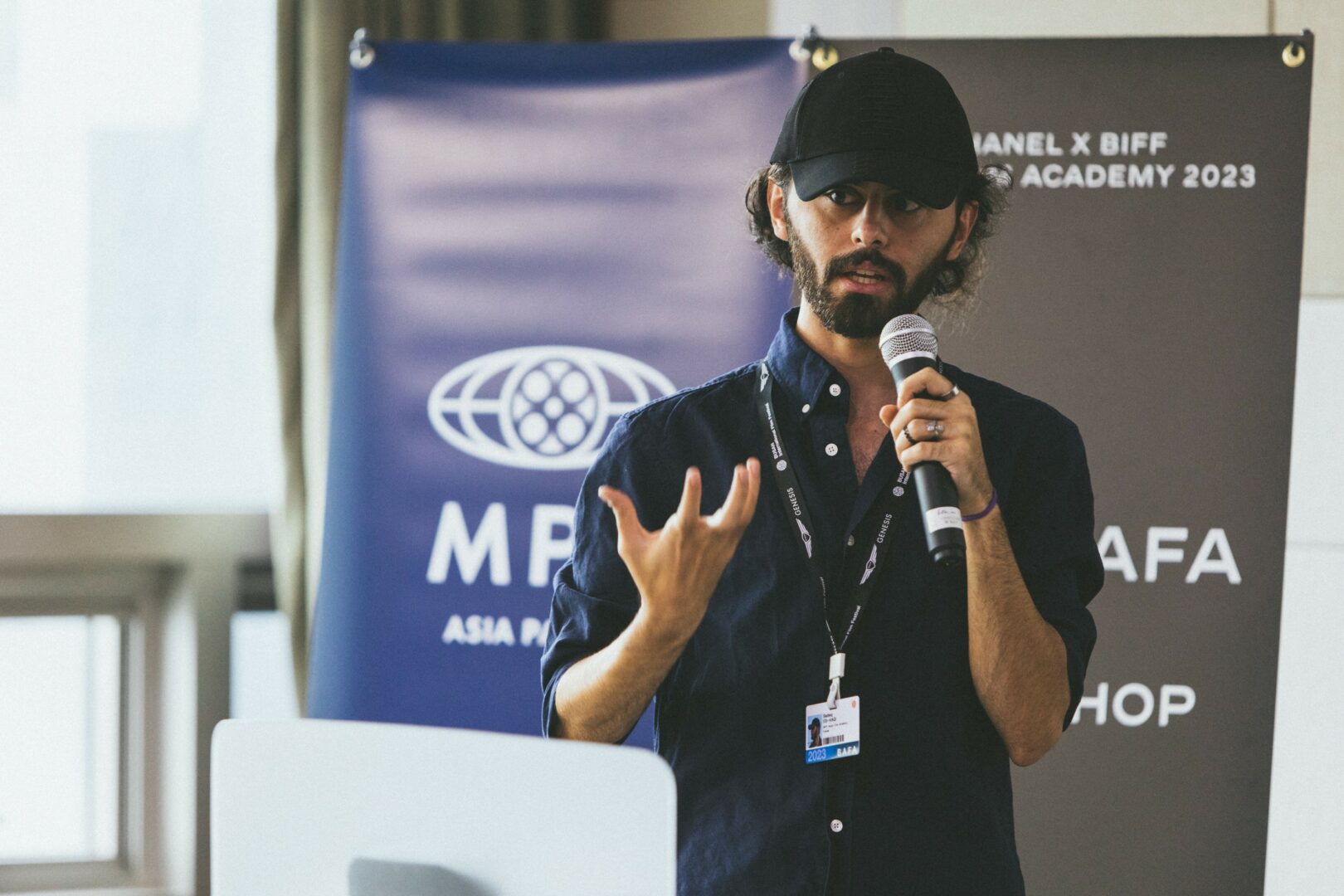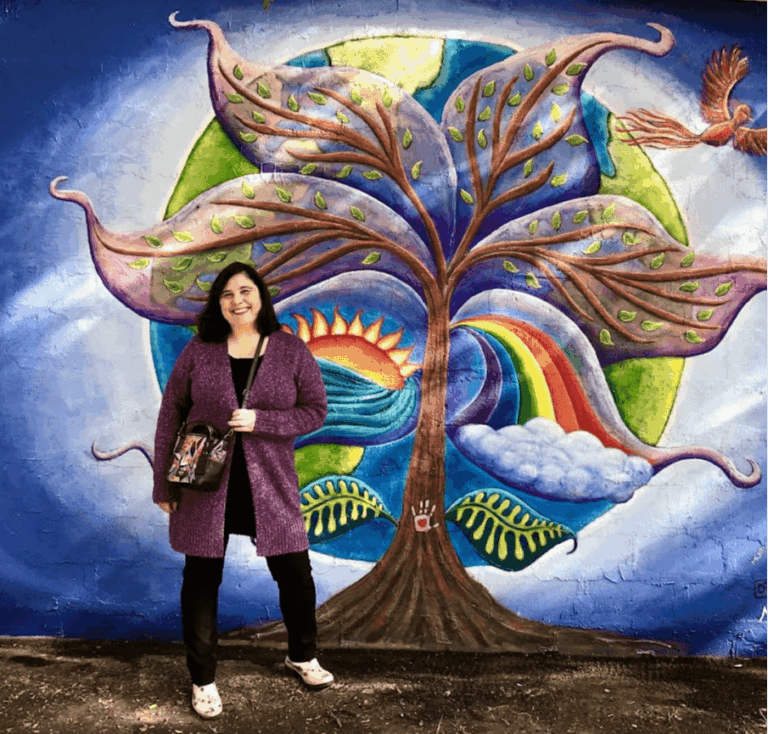We were lucky to catch up with Rainier Bernhardt recently and have shared our conversation below.
Rainier, so happy to have you with us today. You are such a creative person, but have you ever had any sort of creativity block along the way? If so, can you talk to us about how you overcame or beat it?
As a full time artist, I encounter creative blocks all the time. Some more intense than others, but the process for moving through and past these blocks is similar.
Generally, rigid expectations and external pressures are what fuel the art block, so whenever possible, I avoid working on my biological illustrations during these phases and try to focus on projects that are more forgiving and lighthearted. One such example was last fall, when I was feeling burnt out from a busy summer and knowing that I had to start preparing for the holiday season. I didn’t want to draw much of anything, and when I tried to make things that were in line with what I feel I “should” be making, they never turned out how I wanted them to. During this time, I had been seeing a lot of content featuring pet rats on my social media feeds, and I really only wanted to think about rats, so I let myself draw some silly rats with different hats (because of the rat/hat rhyme scheme). This worked out pretty well because the single, open-ended prompt, allowed for a lot of variation in size, shape, color, and hat matching. In order to draw a convincing rat, you just need to draw a potato shape with one pointed end for the face, some ears, and a long, thin, tail, so there is plenty of room for experimentation. After I had drawn maybe 4 or 5 of these, I decided that I should draw 12 total and make them into a calendar. The forced repetition and experimentation of having to draw 12 distinct and engaging rats helped get the creative juices flowing again, and after I had completed that project, I felt more able to work on educational pieces.
I also have recently discovered that I need to limit the time I spend looking at the works of artists I am particularly in awe of. There is a fine line between works inspiring me to create, and works that become intimidating in their beauty. The latter becomes an issue and can even form a creative block in and of itself because it turns into a cycle of “my work doesn’t look like this other artist who I view as the embodiment of where I want my career to go, so therefore I can not achieve a similar career with my own art”. This is a depressing spiral, so I tend to look for inspiration from artists who are creating work that is adjacent to what I want to be doing. That way, I can still be inspired by other artists, and be an active part of the art community without being so intimidated that I can’t work.


Let’s take a small detour – maybe you can share a bit about yourself before we dive back into some of the other questions we had for you?
It has been a little over a year since I started Sea Sheep Studios as a way to sell my art in person at local markets and art fairs. In that year, I have made so many connections and gotten great opportunities to share my passion for art and ecology with folks in NY’s capital region.
Throughout my life, my interests have almost solely fit into the categories of art and biology/ecology. As a small child my favorite section of the library was the nonfiction section which contained books with titles like “North American Animals: Porcupines”, “Rabbits”, and various illustrated animal encyclopedias and atlases. I also drew constantly. Not much has changed in that regard, although my interests are less focused on land mammals these days.
I went to college for both biology and art, and have worked as a field tech, vet tech, and lab tech. I wound up figuring out that although I love animals and science very much, I struggle to stay motivated when faced with data processing and highly repetitive tasks. In contrast, I know that I will continue to create art regardless of if it is part of my profession, so it is much more sustainable to focus on incorporating my love of animals into my art. As a result, after over a year of doing this full time, I feel like I have only just started.
My illustrations highlight local NY wildlife in an attempt to foster appreciation for the animals people see in their backyards and on hikes. Working primarily in watercolor, ink, or digital vector drawings, I use saturated color palettes and tight compositions to appeal to a broader audience than traditional scientific illustrations. In these compositions, I hope to connect more recognizable species with their less-celebrated peers so that the viewer is prompted to expand their view of the local ecology.
My process in any medium starts with research into the subjects I will be portraying. I frequently compile multiple subjects into a composition, so in my research phase, I look into factors such as relative size and color schemes, while bookmarking useful references and factoids to share with curious viewers.
I love getting the opportunity to vend at art and craft fairs because it allows for more conversation with my audience than gallery shows typically do, so I get to hear firsthand experiences with the animals I have put so much time and care into studying and depicting. At the end of the day, the pursuit of knowledge through art is incredibly fun, and my goal is always to make sure the joy of the process shows through, and hopefully viewers will walk away with a little more love for their local wildlife.
I have a public art piece in Troy on the corner of Congress and 1st depicting the fish of the Hudson River, and this summer I am creating an educational mini mural on an electrical box in Schenectady, so stay tuned!
Events-wise, I vend at the Troy Farmers’ Market weekly, I’ll be at LARAC’s June art fair this summer, and I teach workshops at Arlene’s Art Supply, where I am also one of their Artists in Residence. For my residency project, I am creating a deck of cards that showcases local species. Each card has a different original illustration on it, plus a fun fact about the species depicted. I have not launched into the sphere of online sales yet, but be sure to follow me on Instagram, Bluesky, or Substack- Sea Sheep Studios everywhere, so that when I do eventually figure that out, you can get first dibs!


Looking back, what do you think were the three qualities, skills, or areas of knowledge that were most impactful in your journey? What advice do you have for folks who are early in their journey in terms of how they can best develop or improve on these?
I feel like I am still pretty early on in my journey, but thus far; commitment, resilience, and being open to feedback/constructive criticism have been incredibly important.
I feel like it’s fairly well known that being an artist is hard. Everyone is skeptical that you can make a living, and it’s hard to explain your job to non-makers. I am one of those crazy artist types where I truly believe I have to do this and I can’t do something else. That kind of commitment has served me well I think. It makes taking calculated risks to advance my career a little easier.
I know other artists who feel differently, and have solid backup plans, and there’s nothing wrong with that, but I am not that person.
Resilience is important as an artist, but it is also something that will build over time, so the actionable advice I have is mostly getting into the practice of applying to everything and getting rejected and then continuing to apply to everything, whether that be markets, grants, freelance positions, group critiques, etc. forever. I was a couple months into doing art full time when I had to reconcile with the fact that I had not in fact, left my job-application-purgatory days behind me, when I chose a career that is actually just endless applications forever.
In that vein, feedback is super helpful! It can also be really hard to hear.
I lucked into a temporary position doing art fabrication and installation for Mass MoCA early last year, but I wound up not being a great fit because I had significantly less experience than everyone else on the team and really struggled to figure out what was expected of me. I had a lot of terrifying and embarrassing moments in that position, but during that time, I did my best to absorb as much information as possible. As a result, though I wasn’t invited back, when I applied to a similar temporary position at Art Omi last summer, I was able to implement that information and become an asset to their team. I am incredibly grateful that I got a chance to redeem myself, even if I’m the only person who knows about it.
These skills are also very helpful in art critiques and at markets. There will always be someone who just doesn’t like or understand your work. Luckily, I have found that other artists and makers are usually very sympathetic and all have their own stories about insane comments they have gotten, so it is easy to gain a sense of camaraderie.


Tell us what your ideal client would be like?
My ideal client is an organization that is committed to environmental conservation and education, and one that can find use for accessible and accurate depictions of wildlife. I love selling art to the general public but I really want to work at an organizational level to create illustrated signage or field guides or visitor center murals or other projects that will be accessible to a much larger audience than I currently have, and that are associated with a cause that I care about.
Contact Info:
- Website: https://www.seasheepstudios.com
- Instagram: @seasheepstudios
- Other: @seasheepstudios.bsky.social on bluesky
Sea Sheep Studios on Substack


so if you or someone you know deserves recognition please let us know here.




